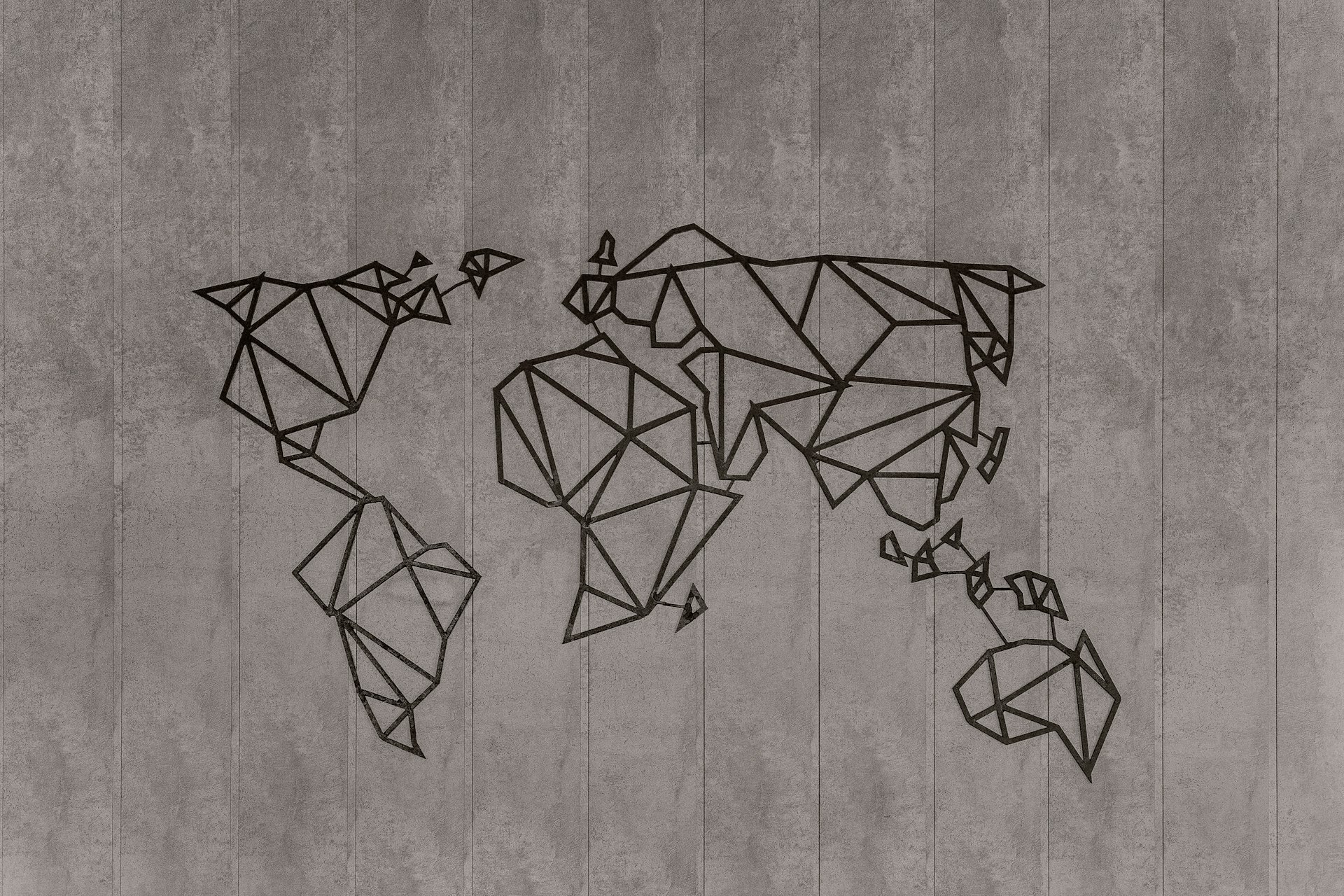How many times have I heard these questions?
“Where are you from?” This seemingly straightforward question quickly becomes messy when you ask a second‑generation migrant or third‑culture individual. I reflect on my own encounters with this question and how the gospel provides a starting point for a new identity.
As a child, my school friends were largely caucasian. As a teenager, my friendship group grew in cultural diversity. Throughout university, I mixed with people from every inhabited continent. Yet, over the years, the question is still asked. “Where are you from?” And yes, despite my Australian accent, I would still be complemented on my good English. (FYI—I was born and bred in Melbourne.)
During our time living in Taiwan, where my accent and lack of fluency indicated I wasn't a local, people would ask me the same questions. “Where are you from?” Due to the different cultural worldview, it simply didn’t make sense that I could be Chinese and speak so poorly. In the end, I simply explained my family came from Cambodia. After all these years though, I’m still not really sure how to answer this question.
What’s the real question?
I suspect, however, this isn’t the real question. It’s a question that’s open or vague so that directly intrude on someone’s privacy. And it’s subjective as it leaves the answer to the person replying. You see, the real question is, “Who are you?”
For most people, it’s a fairly straight‑question. “Where are you from?” answers a set of multiple identity pieces: ethnicity, cultural heritage, language and a range of other details. Yes, these come with certain assumptions or stereotypes, but they serve as a starting point for communication and relationship.
While there are examples of mass migration throughout history, the ease of international travel and the displacement of people from war to far reaching countries (such as Europeans coming to Australia after World War II) introduced a new dynamic into the modern age, that is—globalisation. A growing community of people whose identity is no longer simply expressed by their culture, ethnicity or language. Can you see how this question—“Where are you from?”—is no longer a helpful question to ask?
So, who are you?
For a third‑culture individual, identity is often shaped by three cultural elements: (1) your parents’ culture, (2) your host culture, and (3) your integrated sub-culture. This last one can be further sub‑divided based on migration experience. Needless to say, this gets complicated very, very quickly.
For example, my parents were born in Cambodia. We’re ethnically Chinese. They came to Australia as refugees in the 1980s. Just take a moment to unpack that:
- My parents’ culture is already a third‑culture of its own, Cambodian-Chinese.
- Their host countries were Cambodia and Australia.
- Their integrated sub‑culture was the shared experience of refugees in Australia.
Now, as a second‑generation Cambodian‑Chinese Australian, you can imagine how it’s not exactly a simple case of “Where are you from?” For most second‑generation migrants, this can cause an identity crisis as they find themselves caught between two worlds.
This journey to find identity is just one among many. Individuals with diverse cultural backgrounds navigate this complex terrain in a variety of ways. Some may wholeheartedly embrace their parents’ culture, others reject their parents’ culture. While others might find solace in a sub-culture distinct from both their parent’s and host culture. The quest for identity takes countless forms, and each individual’s story contributes to the rich tapestry of experiences in our multicultural society. One might even suggest our world is increasingly more culturally and socially diverse because of the growing interaction of cultures.
Who are you really?
At one time the question, “Where are you from?” served a purpose. Generally, one’s identity was predominately connected to one or two primary characteristics: your place of birth, your parents’ culture and the language you spoke. These characteristics were generally fairly uniform without much conflict or tension between them. Your place of birth was in the same place as your parents, and the local community shared a common language.
But today, this can’t be so easily assumed. Your place of birth may be on the opposite side of the world of your parent’s homeland, culture and language. Your primary language may be neither your parent’s mother tongue nor the national language of your host country. The culture and society in which you find yourself can be just as mixed as everything else. So, where do we go to find our identity?
For Christians, the search for our identity is found in the very opening pages of the Bible where we read:
So God created mankind in his own image,
in the image of God he created them;
male and female he created them.
— Genesis 1:27 (NIV)
God created people in his own image. It’s not our physical appearance, because we see God’s image is reflected in both the male and female. There’s something more intrinsic about our human nature, our identity, which differentiates us from the rest of God’s Creation. It’s part of what drives us to value the dignity of life. It’s why we fight for our freedoms. It’s more than just animal instincts. For the Christian, it comes down to the simple fact that we’re made in God’s image.
This is a timeless, gospel truth that transcends culture, ethnicity, and language. Each culture will contextualise this gospel truth in different ways, but the diversity of human cultures is a reflection of the richness of God’s image. In future articles, we’ll endeavour to explore how this gospel truth plays out biblically, theologically, practically, culturally, and socially for individuals, families, and churches.
